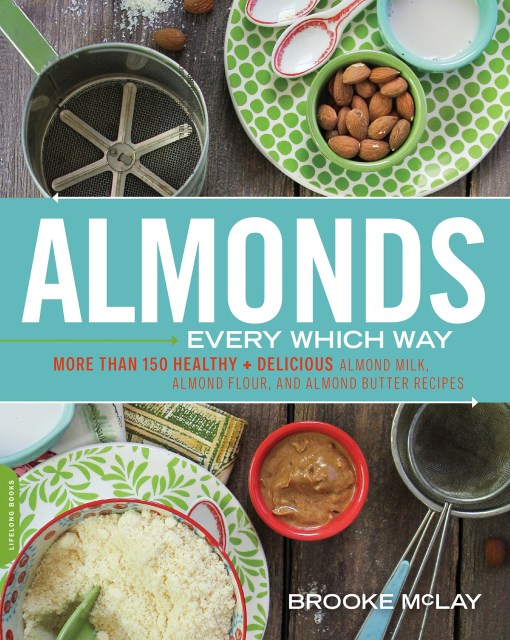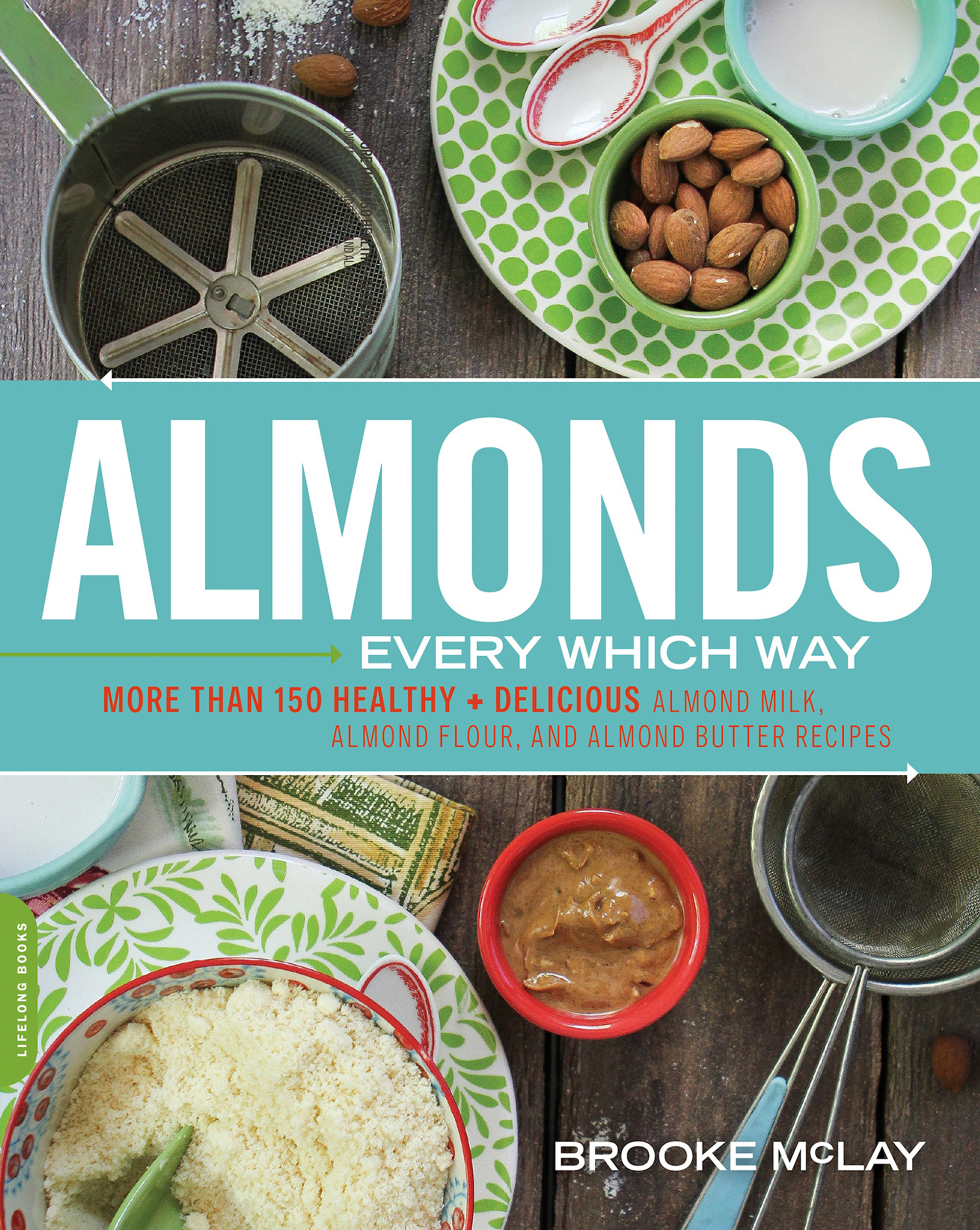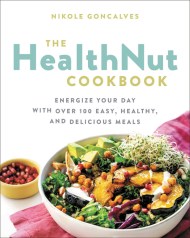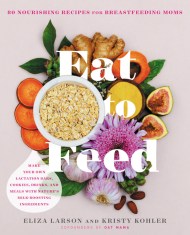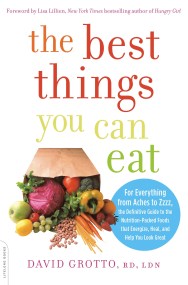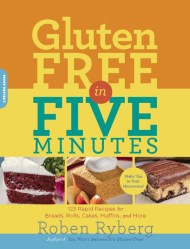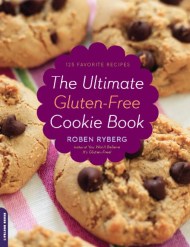Promotion
Use code MOM24 for 20% off site wide + free shipping over $45
Almonds Every Which Way
More than 150 Healthy & Delicious Almond Milk, Almond Flour, and Almond Butter Recipes
Contributors
By Brooke McLay
Formats and Prices
Price
$12.99Price
$16.99 CADFormat
Format:
- ebook $12.99 $16.99 CAD
- Trade Paperback $18.99 $23.99 CAD
This item is a preorder. Your payment method will be charged immediately, and the product is expected to ship on or around March 11, 2014. This date is subject to change due to shipping delays beyond our control.
Also available from:
Almonds are everywhere, and with good reason! Full of vitamin E, magnesium, protein, fiber, calcium, and more, this superfood delivers lots of health benefits in a delicious little package. When almonds are made into grain-free flour, non-dairy milk, and nut butter, these easy alternatives to wheat flour, dairy, and peanut butter support a variety of diets–vegan to gluten-free, vegetarian to Paleo. Whether you’re following a particular way of eating or just looking to add variety to your cooking, Almonds Every Which Way offers key info for incorporating more nutritious foods into your diet, including:
And, of course, the recipes: you’ll find more than 150 scrumptious almond-based dishes, from breakfast favorites like smoothies, pancakes, and croissants, to sandwiches, snacks, and easy, family-pleasing entrees like fish tacos and vegan “neatloaf.” With Almonds Every Which Way, you’ll have every diet, meal, and taste bud covered.
- Basic recipes for homemade almond milks, butters, and flours
- Easy tips and tricks for using and storing almond ingredients
- Nutritional info for each recipe
- Designations for gluten-free, allergy-free, dairy-free, vegetarian, vegan, and Paleo options
And, of course, the recipes: you’ll find more than 150 scrumptious almond-based dishes, from breakfast favorites like smoothies, pancakes, and croissants, to sandwiches, snacks, and easy, family-pleasing entrees like fish tacos and vegan “neatloaf.” With Almonds Every Which Way, you’ll have every diet, meal, and taste bud covered.
Genre:
- On Sale
- Mar 11, 2014
- Page Count
- 272 pages
- Publisher
- Da Capo Lifelong Books
- ISBN-13
- 9780738217390
Newsletter Signup
By clicking ‘Sign Up,’ I acknowledge that I have read and agree to Hachette Book Group’s Privacy Policy and Terms of Use
